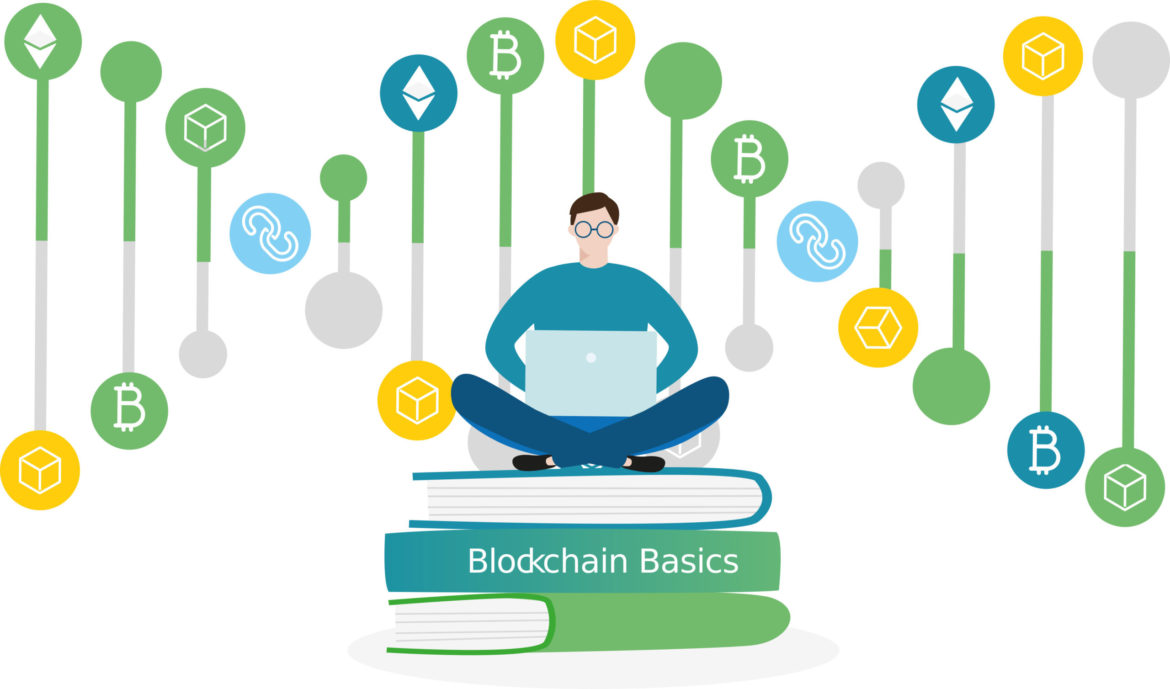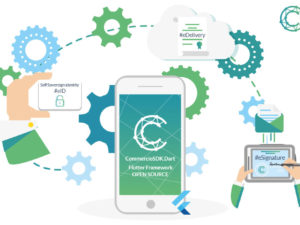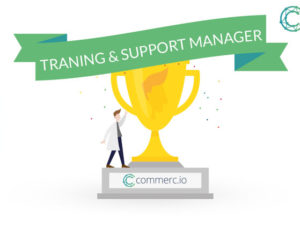
Blockchain Model Canvas (BMC)
Alex Osterwalder in his famous book explains a fantastic method to describe any business idea: the Business Model Canvas. With nine blocks in a grid drawn with a marker on a whiteboard and post-it notes he manages to explain any business in the universe. No wonder that because of the clarity of the information and the ease of use of the Business Model Canvas, Osterwalder was so successful. Next, we created our own model called BMC, more based on Ash Mayura’s work, which is fast, concise and in a single page represents the entire business model of a Blockchain project
What is the Business Model Canvas?
We use a nine-block model called the Blockchain Model Canvas (BMC) (based on the work of Ash Mayura and Alexander Osterwalder) to describe your vision and a method called Lean Startup (based on the work of Eric Ries) to test validity.
The problem and the customers
Having found these first two elements, everything else in the BMC is easier to complete. It is for this reason that it always pays to analyze them together. Writing three main problems for the customer segment you have in mind, describe the three main problems that need to be solved.
The Value Proposition (VP)
At the heart of the BMC is the most important element of the entire model, and incidentally also the hardest to hit on the first shot. The VP must contain why the product is different, and that difference must matter. People who visit a site for the first time spend an average of eight seconds there. The Value Proposition is their first interaction with the product.
The Solution
Now you are ready to tackle the various solution scenarios. Understand that since everything we write about BMC is just an untested hypothesis, it is not advisable to convince yourself that you have found a definitive solution to your customers’ problems. At this stage, it is best to simply sketch out the salient features of the product alongside each problem. Ideally, you should strive to associate a solution to the client’s problem as late as possible, at least after you’ve spoken to the client once…
The Metrics
There are only five key metrics that drive a Blockchain project
Acquisition How users arrive and from what channels they arrive at your service
Activation How users first register with your service
Retention How users come back to your service again and again
Referral How users like your service enough to suggest it to others
Revenue How users buy your service
Channels
How to distribute our Value Proposition to the customer? In addition to defining the right product to build, it’s just as critical to start finding, building and testing a path to your customers from day one. There are a variety of distribution channels: some may be inapplicable in the early stages of your startup, while others may be feasible during the later stages of your startup.
The Relationship
In the first phase, you need to find potential clients (prospects) to talk to. You need to remember that you are looking for people who are suffering from a problem and who, as a result, should be willing to pay to have your solution. How do you find and reach prospects? There is no right answer, no magic formula. It depends on the resources available.
Revenues and Costs
Many companies postpone the “pricing question” because they don’t think their product is ready. Time and time again, you hear the phrase, “how do we charge for an MVP?” MVPs are supposed to solve big problems for the identified customer segment and so, by definition, the MVP must offer enough value to justify the expense.





